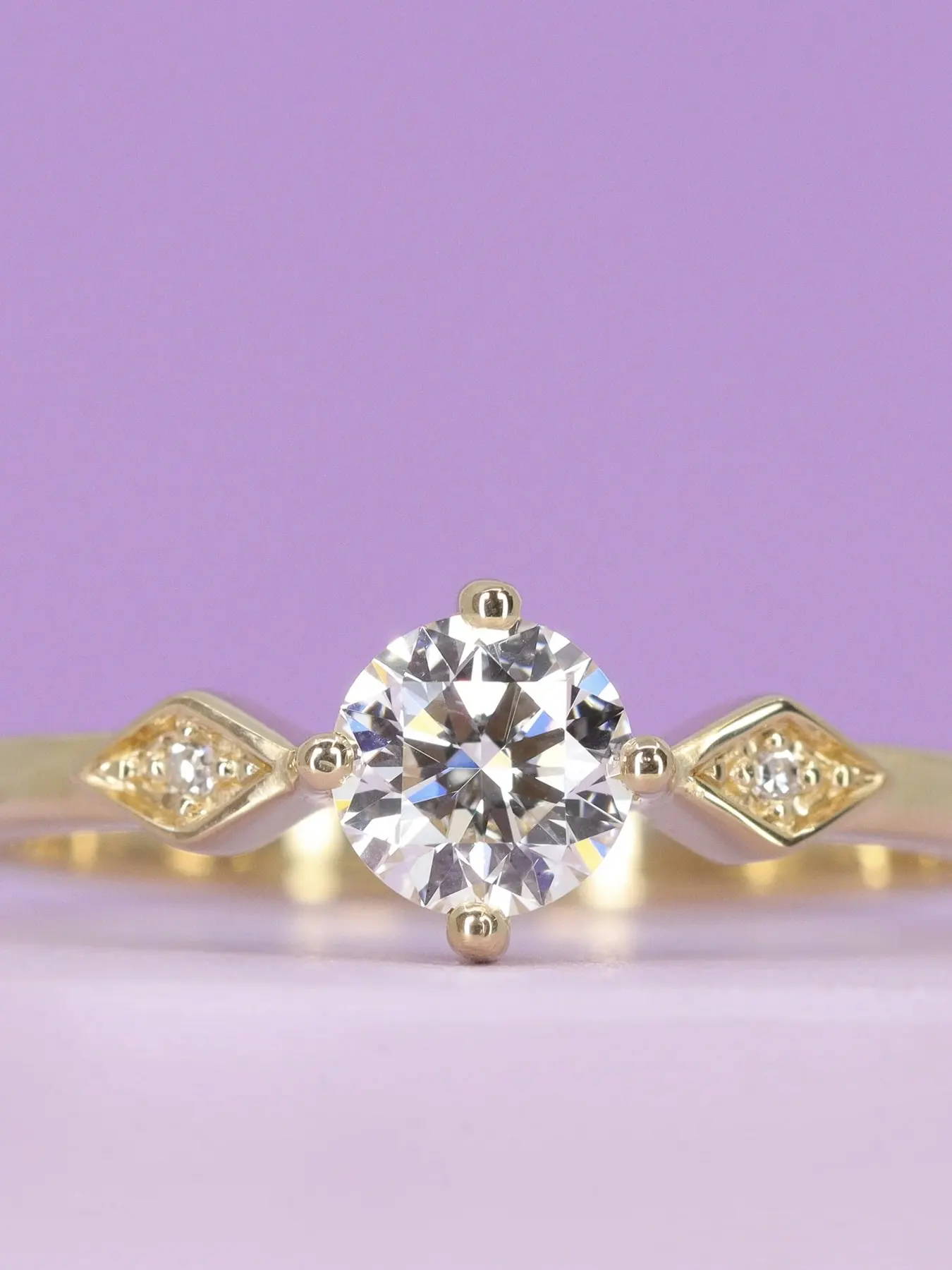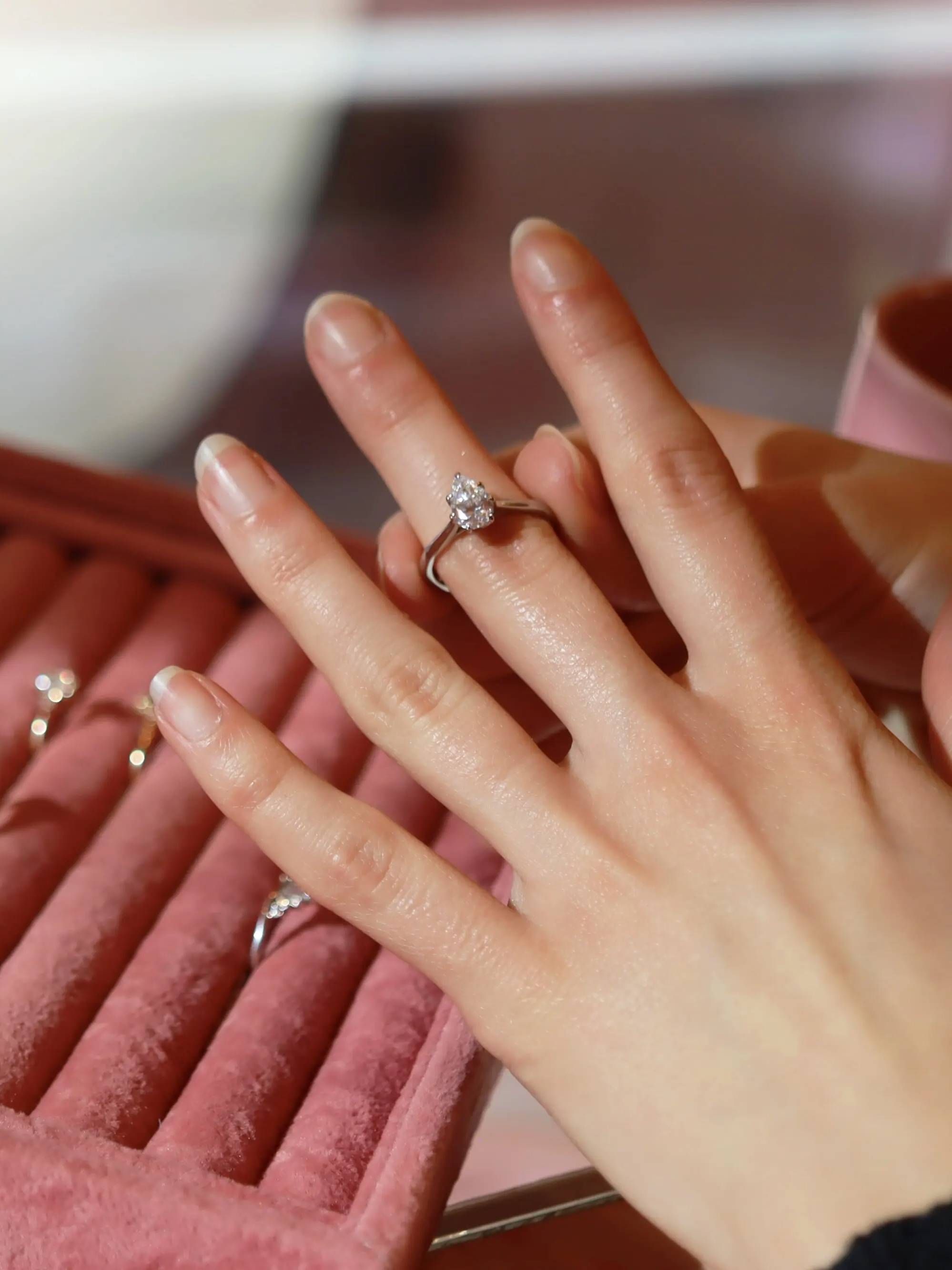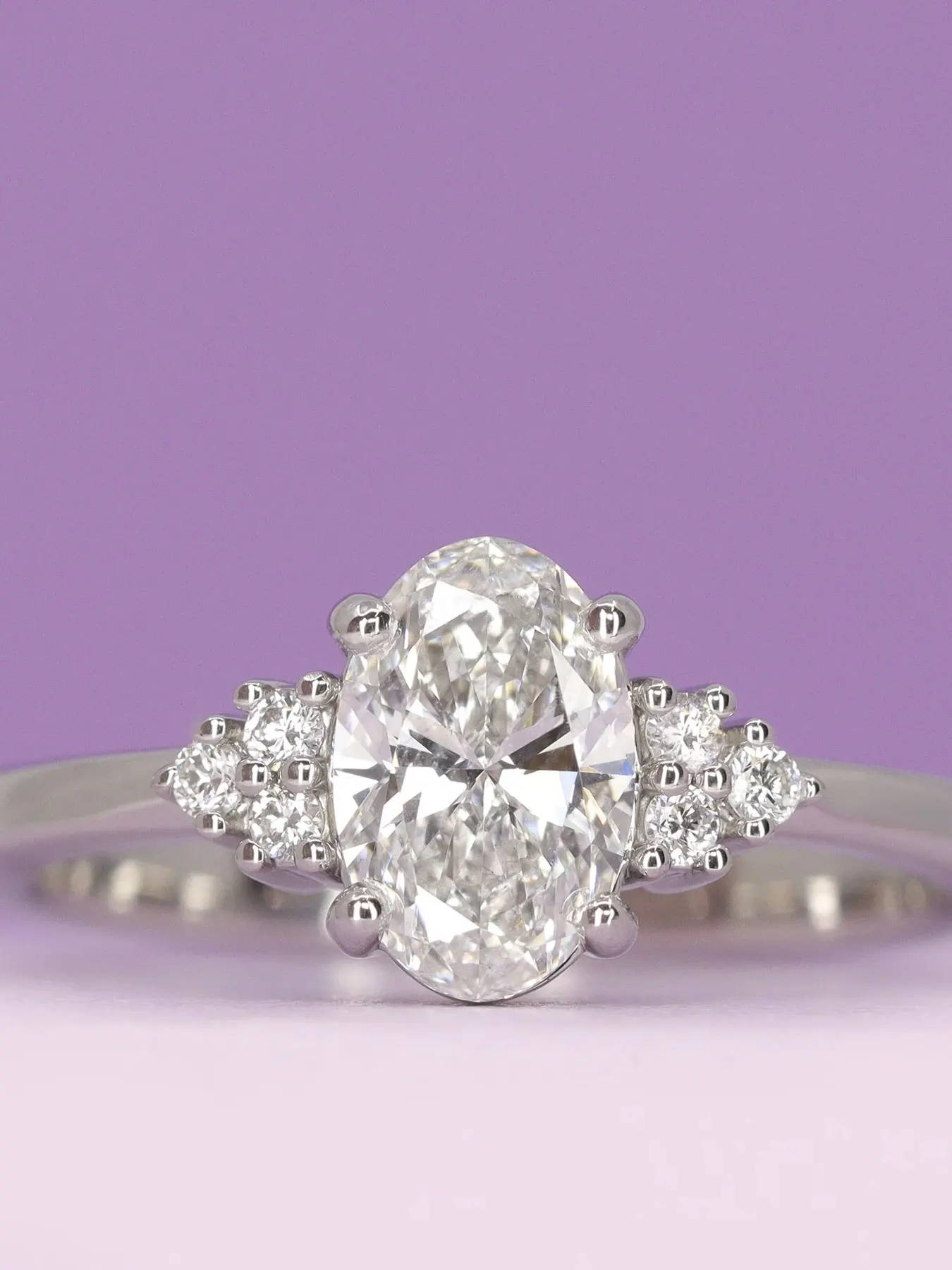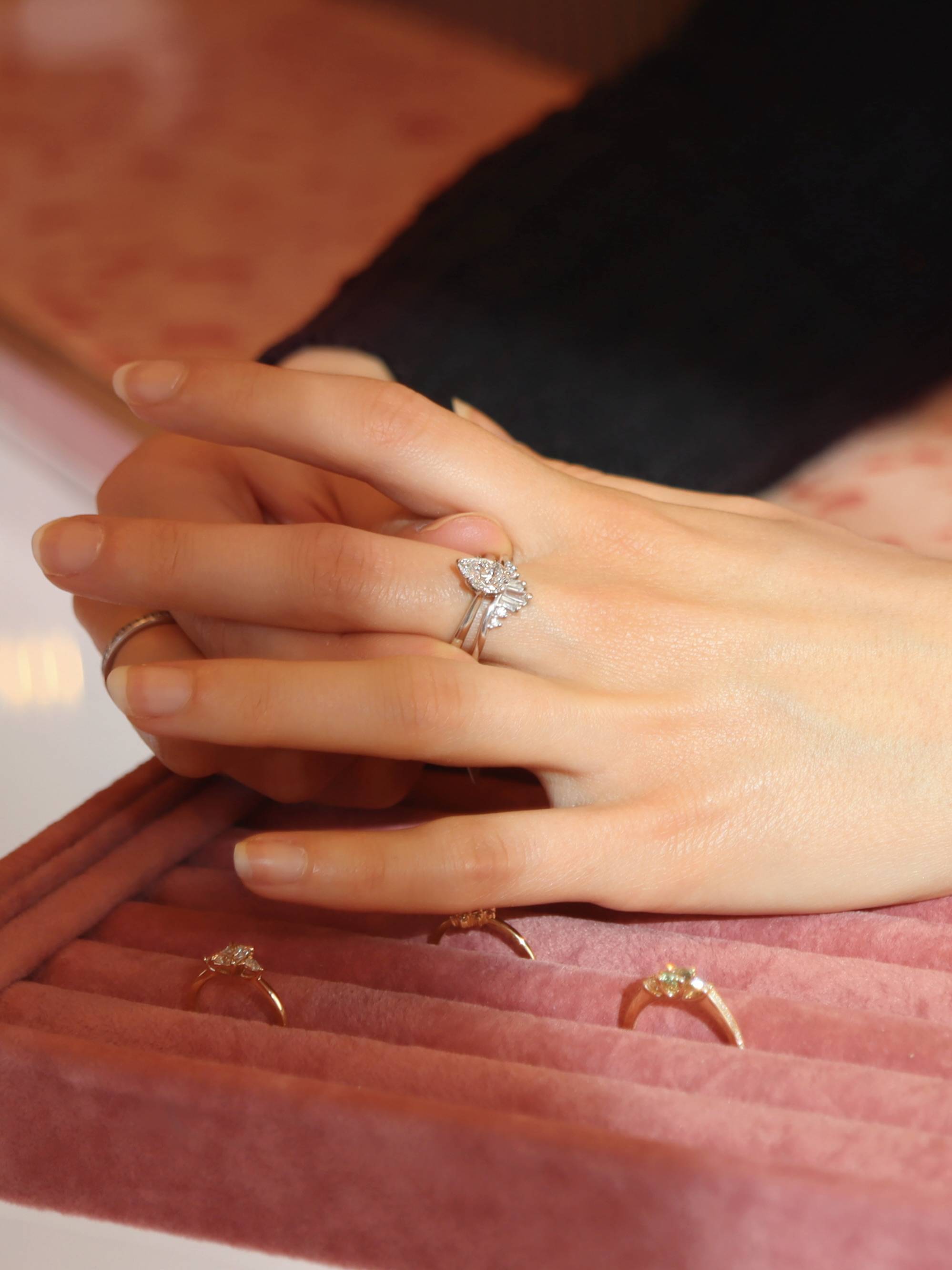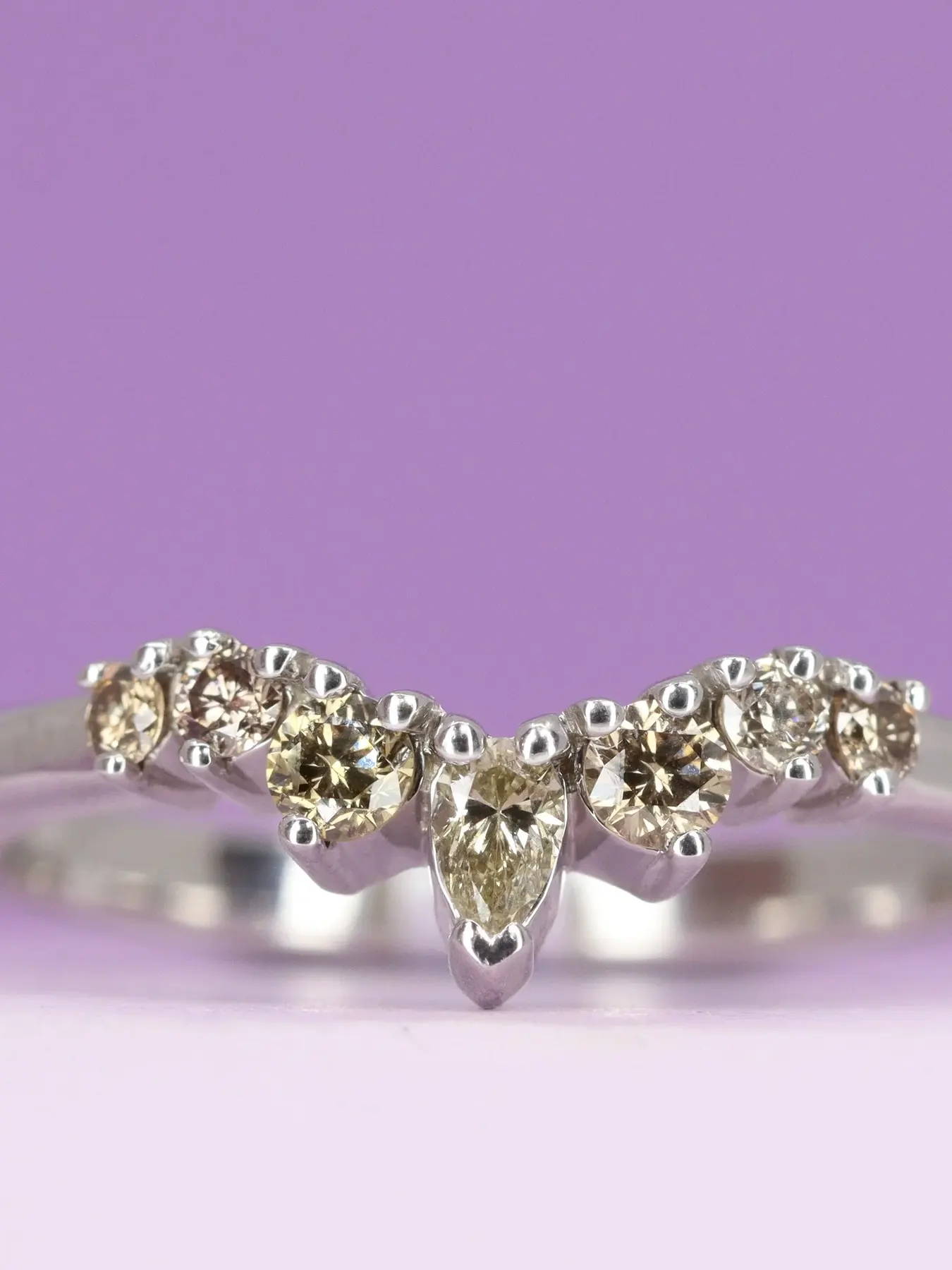RING GUIDES
How Are Lab Grown Diamonds Made
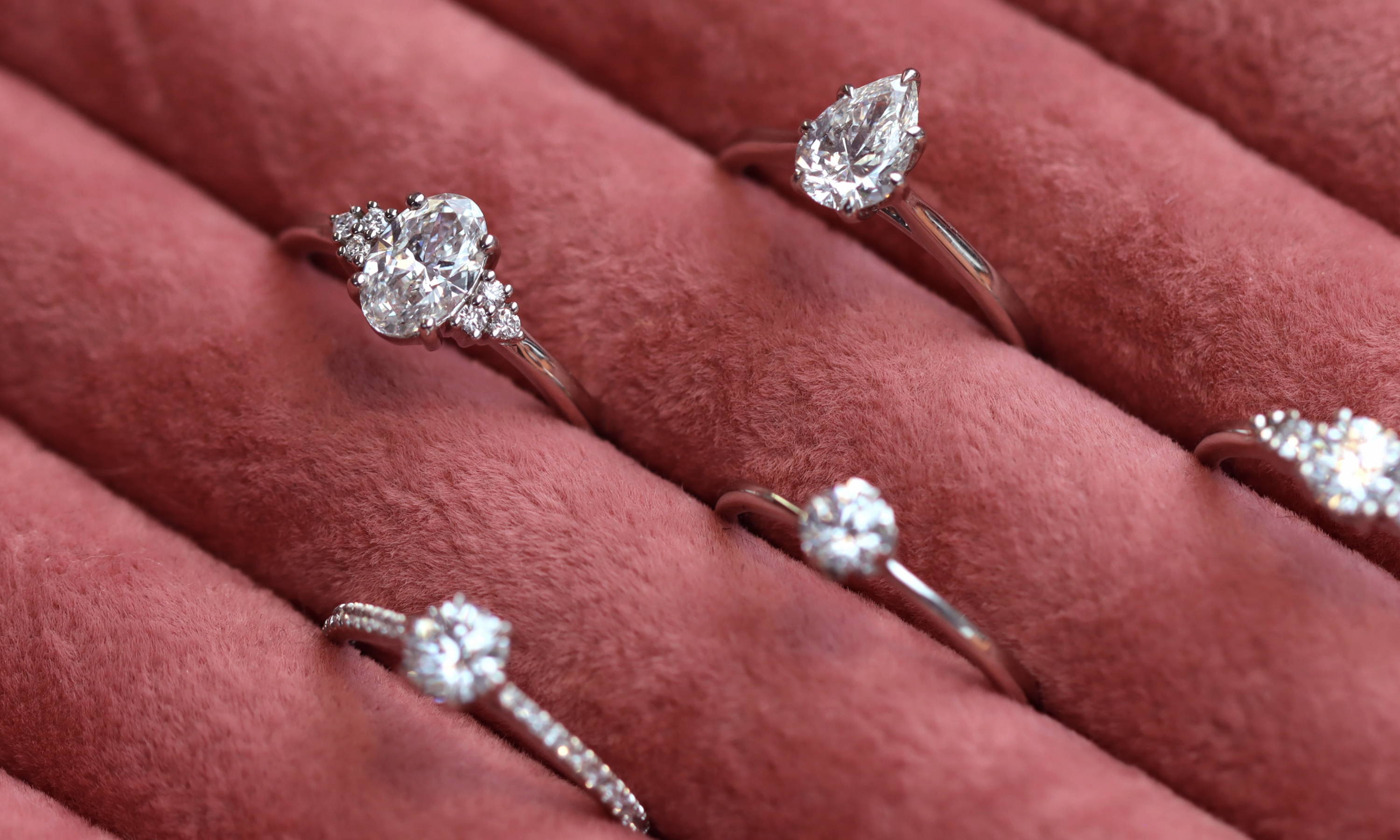
You’ve been searching for the perfect engagement ring, scrolling through pages and pages of nothing… and then you see her. Just a hint of that scintillating sparkle, and you know it can only be diamond.
A stone unlike anything else, hidden for millions of years and formed under heat and pressure and completely unique in every way. Nothing could ever replace it…. unless? Introducing lab grown diamonds, the cost-saving, sustainable, man-made alternative.
Never heard of them? No problem, we’ll take you through all the basics of how to grow diamonds! And if you’re still curious, take a look at our lab grown diamond guide for even more detail. Want to find out more? Read on! But if you’re ready to start your search, you can browse our collection of lab grown diamond engagement rings.
Browse Diamond Engagement Rings
What Is Needed to Grow a Lab Diamond?
Lab grown diamonds are exactly that: diamonds grown in a lab rather than in the earth! But how do you grow lab diamonds?
Just like earth grown diamonds, lab diamonds need huge amounts of heat and pressure to form. So roll in the specialist equipment, but other than some high tech-gadgets, what else is needed to grow diamonds?
It all starts with a seed (sadly not one you can plant in your garden, but our Botanicals Collection is what we’re envisioning if it was possible to home-grow gemstones). This seed is a tiny piece of earth grown diamond, smaller than a single hair! From here on out, it's all down to the technician.
The Lab Grown Diamond Process Explained
So it turns out you can make diamonds. You’ve got your seed, your fancy equipment, and hopefully a scientist that knows what they're doing. What happens next?
There are two main ways to manufacture an artificial diamond: HPHT and CVD.
High Pressure High Temperature (HPHT)
Developed in the 1950s, HPHT was the first big method developed for making synthetic diamonds! This involves an ingredients list of carbon material, a metal flux mixture and your seed diamond. All of these get enclosed in a capsule and heated to over 1300º C and pressed! As the heat dissolves the flux mixture, the carbon crystallises around the seed. You've now got your synthetic diamond rough!
Chemical Vapour Deposition (CVD)
CVD is generally regarded as the best current method for making diamonds, and is a bit like putting your diamond seed in a gas sauna.
These gases fill a specialist chamber, and then you add your diamond seed. CVD requires lower temperatures than HPHT, and this chamber is only heated to between 800-900º C. The carbon separates from the gas, and sticks to the diamond seed. You’ve got your diamond! We have a whole guide dedicated to CVD diamonds so you can learn about them in more depth!
How Long Does It Take to Grow a Diamond in a Lab?
Growing diamonds is the same as growing anything else. If you want something big, it will take more time! Some processes also require extra checks and treatments, which can extend the production time.
How Long Does the HPHT Diamond Process Take?
The HPHT diamond process can take from hours to several weeks depending on the size of the diamond required.
How Long Does It Take to Make a CVD Diamond?
CVD will take around the same amount of time as HPHT. However, as this process can grow multiple diamonds at the same time, the actual output is better!
Diamond Guides
Explore our wide range of comprehensive diamond guides, covering everything from lab-grown to naturally sourced diamonds, coloured diamonds, and the essential 4Cs. Whatever you're interested in, we have a guide tailored to address all your questions. Explore all of our guides in our Jewellery School, where you can find guides on gemstones, metal types and have all your jewellery related questions answered!

Where Are Most Lab Grown Diamonds Made?
Like with earth grown diamonds, specific places around the world are known for providing the majority of the diamonds in our jewellery! Most lab grown diamonds are made in China or India, with the USA and Singapore accounting for the production of about 1 million carats each in 2020.
How Much Does It Cost To Grow a Lab Grown Diamond?
Growing diamonds may be cheaper than mining them, but it does not mean that it’s a low cost operation! Not only are there energy costs and manpower to consider, but fancy colours like in blue diamonds require additional treatments to achieve their colour. Even with these costs, lab grown diamonds are cheaper for the consumer.
For a white lab grown diamond, you can expect around an £8000 reduction on a 1ct stone. If you’d like to find out more about how much a lab grown diamond costs, our detailed lab grown diamond price guide covers everything you need to know.
Find Your Dream Lab Diamond With Jessica Flinn
Now you know how they’re made, let's find your diamond! Browse our collection of lab diamond engagement rings, or, if you don't know where to start, you can book an appointment with one of our expert team members who will be happy to guide you through this exciting decision!
If your lab grown diamond needs a home and off-the-shelf isn't going to cut it, go bespoke! Our bespoke ring design service enables us to work with you to create your unique vision! Not ready to make a decision? Chat with one of our team members, whether via email, phone call or WhatsApp Messenger.
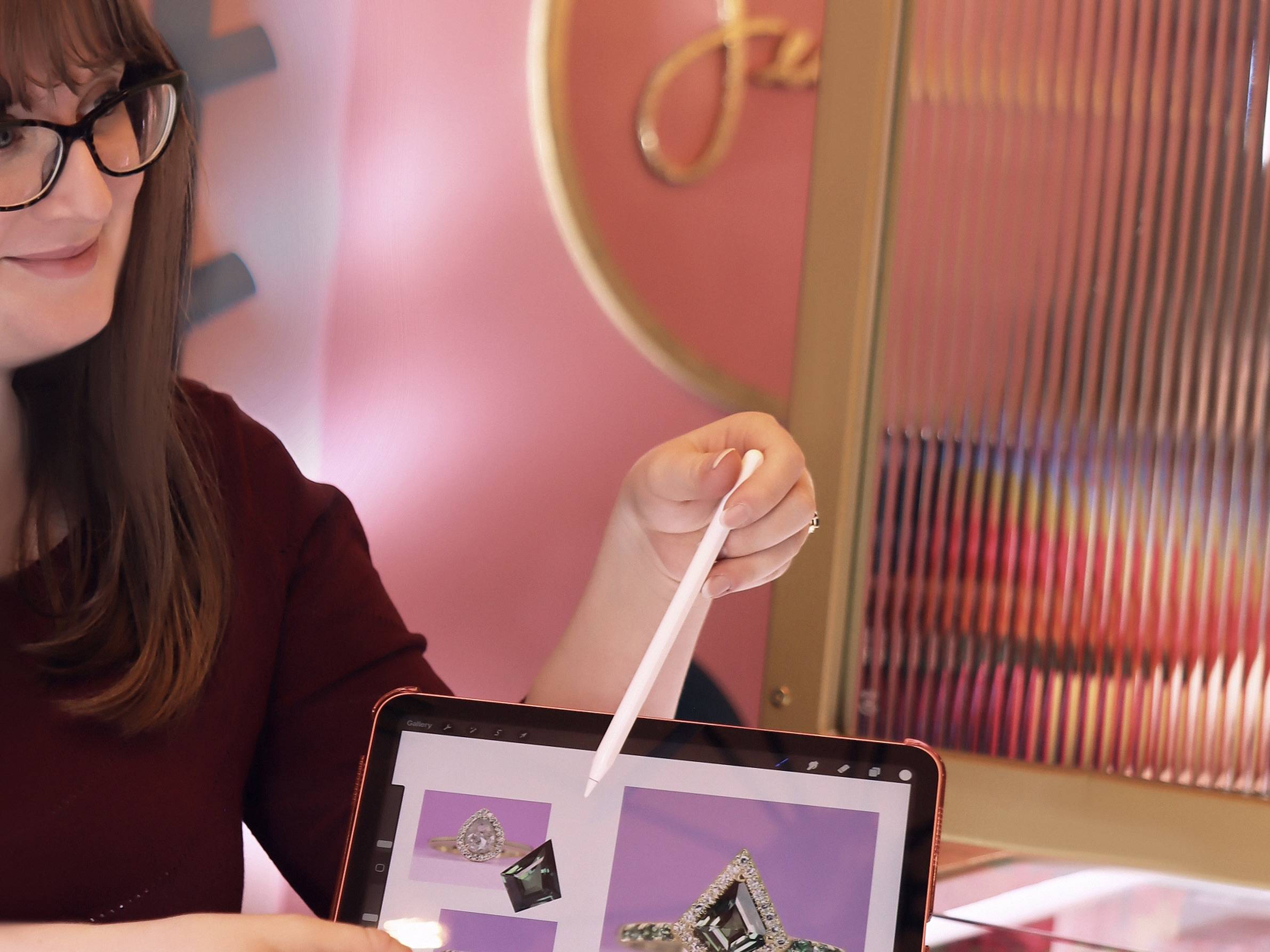
Contact Us Today
Begin your journey to find your perfect diamond ring and chat with one of our team members who will be happy to assist you every step of the way.



